Best Wild Leek Recipes
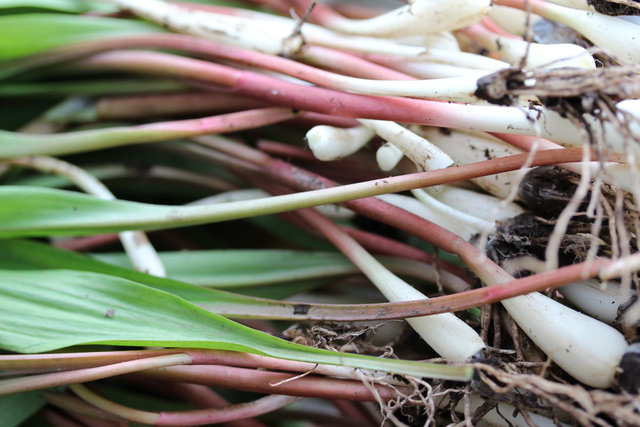
There is nothing better than fresh picked ingredients, and there is nothing quite as special as the first wild foods that make themselves known after the snow has melted. And there is nothing more rejuvenating than getting out of the city, breathing some fresh air, eating some amazing food. To me, a weekend in the woods mid-May has become a tradition – one that includes harvesting wild leeks, also called ramps. And then, I get to make the best wild leek recipes from what we collect.
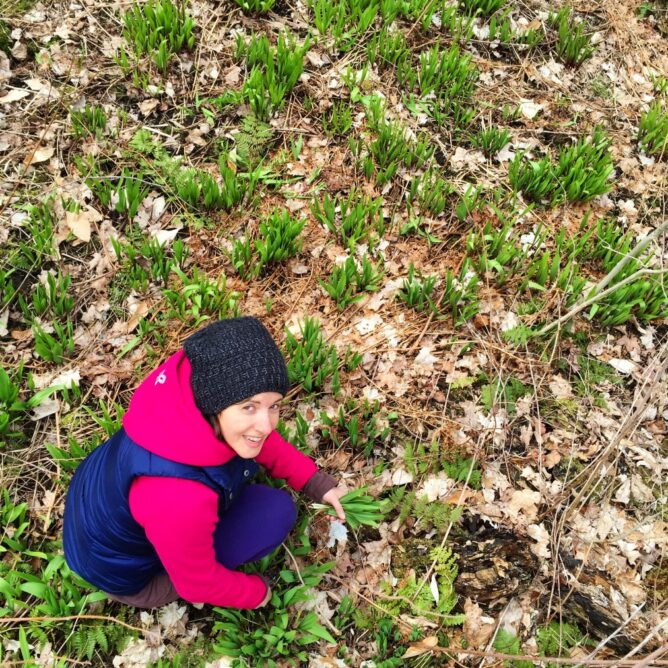
Over the years, I have found several delicious ways to incorporate wild leeks into my recipes. I love using them in a basic scramble, in my spring quiche, a simple pizza pesto, balsamic grilled vegetables, and anywhere else that calls for onions and/or garlic.
I’ve become simpler in my old age, at least as far as recipes go. I have learned how to simplify things down to the bare minimum. In fact, I have done this with life. Simple is sweet. Simple allows us to taste the individual flavours of food and of life. And when I’m busy, having one less ingredient to measure means the food gets to the table faster, and this recipe gets posted faster. So when it came to creating recipes with wild leeks, I have found the best wild leek recipes to be the ones that are the simplest.
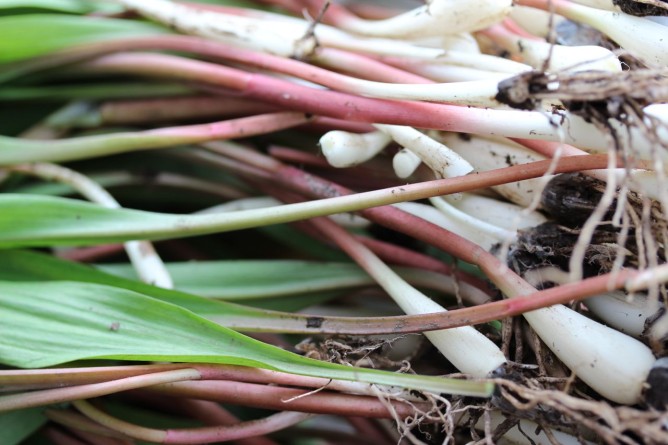
And when you harvest foods yourself, in the woods, or pick them up fresh from your local farmer’s market, the goal is to do as little to the food as possible, and let the food itself work its magic.
Fun Facts About Wild Leeks / Ramps
- A wild onion native to North America.
- The bulb resembles that of a scallion
- According to John Mariani, author of “The Encyclopedia of American Food and Drink,” the word ramp comes from “rams,” or “ramson,” an Elizabethan dialect rendering of the wild garlic. The word is first mentioned in English print in 1530, but was used earlier by English immigrants of the southern Appalachian Mountains.
- Ramps grow from South Carolina to Canada.
- The flavour and odor of ramps is usually compared to a combination of onions and garlic.
- It’s best to harvest only the leaves. If you are going to harvest from the root, only take one or two from each cluster.
- Ramps are endangered in many parts of Canada and the US so ensure you harvest responsibly. Grab my guide to harvesting wild foods here.
Wild leeks can be used raw or cooked – just cut off the spindly rooty things, give them a little wash and they are ready.
Wild leeks combine the best of culinary flavours. They taste a little like garlic and a little like onion and are sweet all over. They are powerfully rich in phytonutrients – like quercetin, most perfect for fighting off seasonal allergies.
It is ideal to harvest only what you need when it comes to wild foods and once they are picked from the ground, they won’t last too long. The best thing is to go straight from field or forest to table.
And if harvesting your own food sounds like just plain silliness to you, be sure to check your local markets. This is the season here in Canada and the Northeastern United States – and it doesn’t last long. These baby dolls are wild. They sprout up when they’re ready and die back when it’s time.
And so today, I am sharing my favourite ways to preserve and enjoy your wild leeks.
After Harvest
- Clean the bulbs and snip off the roots. Toss those back outside. Ideally, as you are only taking what you need, if you only need the leaves, just pluck the leaves. If you are taking the bulbs too, harvest from several different areas to avoid over harvesting.
- Rinse to remove any soil.
- Decide what you will do with them. As they won’t last long in their raw form, I recommend dehydrating, freezing, preserving or preparing straight away.
3 Wild Leek Preserving Techniques
1. Dehydrated Wild Leeks: Wild Leek Powder
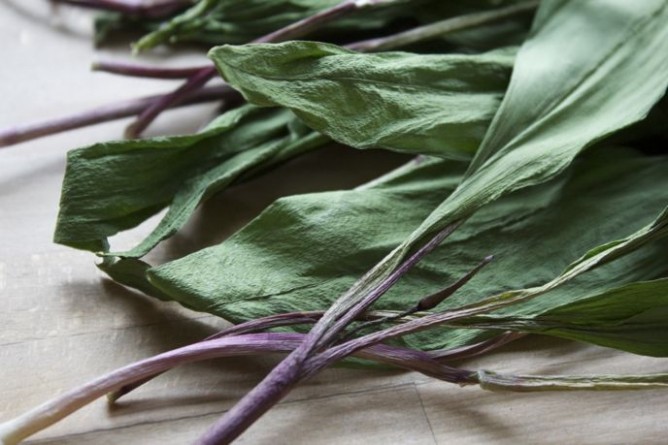
- Take your cleaned and prepped wild leeks and put them in your dehydrator at 115 degrees for 4-6 hours until full dry.
- You can then crush them by hand or run through your spice grinder to create an amazing wild leek powder that can be added to whatever you’re cooking, in the same way you’d add salt or garlic powder.
- A nice touch is to mix your powdered dried leeks with salt and use it as a seasoning salt. So good!
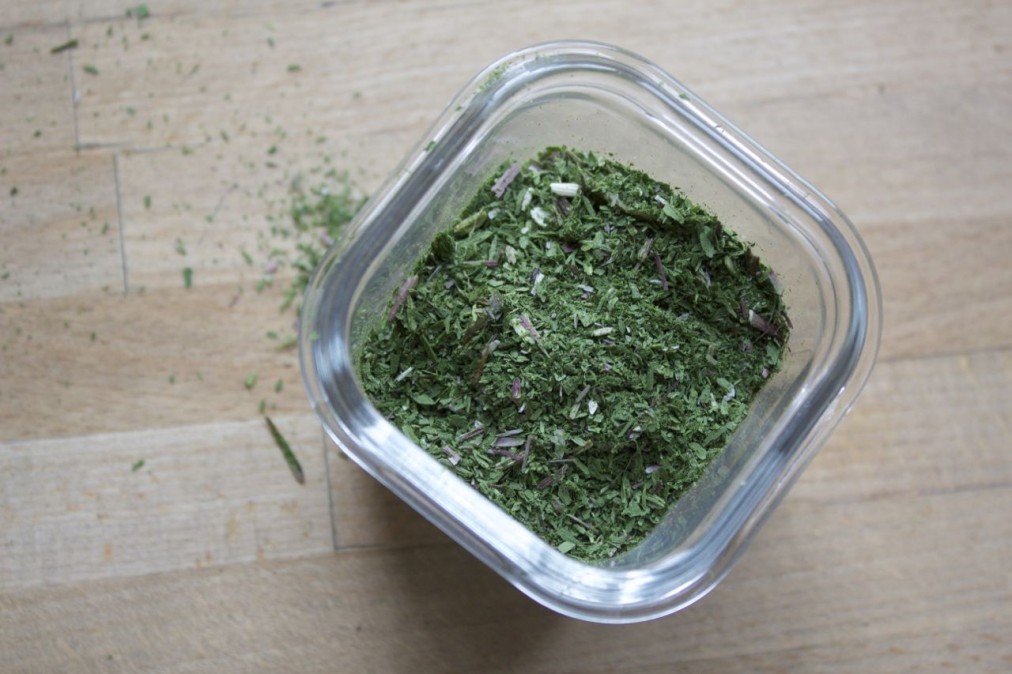
2. Preserve In Brine / Vinegar
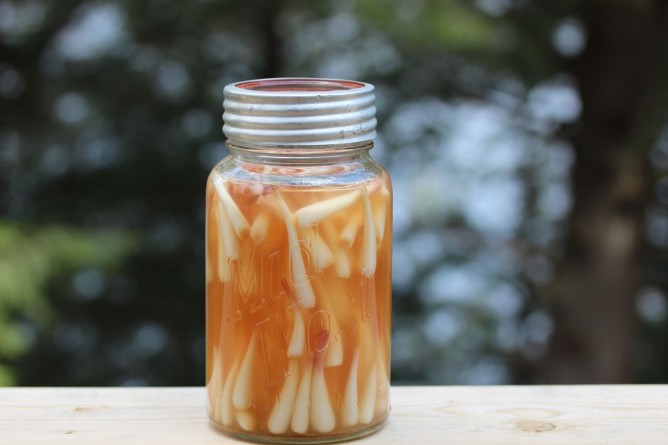
I found it tough to find a picking method that didn’t require loads of sugar to offset the alkaline nature of the bulbs. My friend Frank Giglio offered me the tip to pickle in cider vinegar. Easy.
- Separate the bulbs from the leaves.
- Wash carefully, trimming off the scraggly roots.
- Add to a sterile mason jar.
- Fill to covered with raw/unpasteurized apple cider vinegar.
- Use a piece of parchment to separate the plastic in your jar’s lid from the vinegar.
- Store in a cool dark place for 4-6 months (I am for sure opening mine early!). Shake twice daily.
For more on preserving using pickling, see this post on pickles and this one on sauerkraut.
3. Freeze
If you can’t decide what to do, freeze them up and make up your favourite soup or pesto when you’re ready!
- Separate the bulb from the leaf.
- Wash and pat dry.
- Freeze in an airtight container.
3 Awesome Wild Leek Recipes
1. Simple Wild Leek Pesto
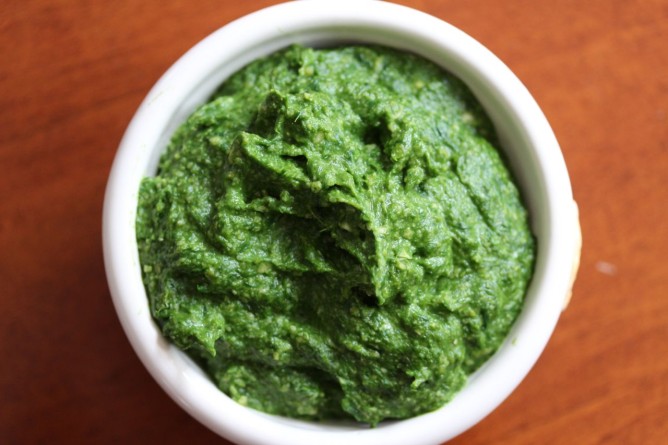
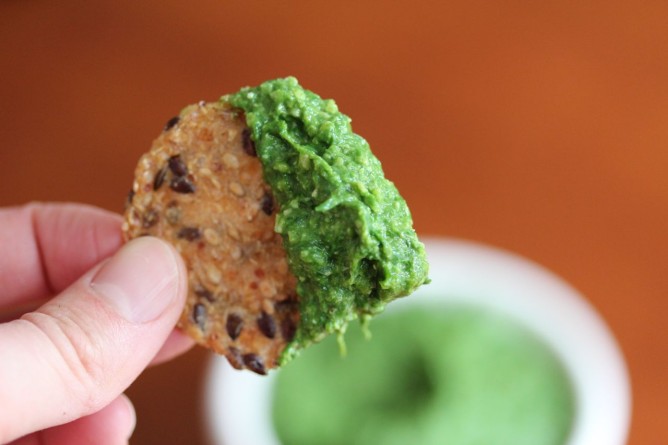
This was the best batch of wild leek pesto I have made. I was limited by the ingredients I had and so it was super quick and clean. We literally harvested the leeks and had this on the table within an hour.
Print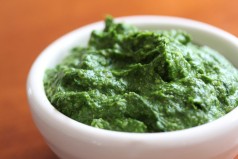
Simple Wild Leek Pesto
- Total Time: 10 mins
- Yield: 2 cups 1x
Description
A simple wild leek pesto that makes the most of this fresh, wild spring food.
Ingredients
- 2 cups packed wild leek leaves
- 1/4 cup olive oil
- 1/2 cup cashews or sunflower seeds
- sea salt to taste
Instructions
- Coarsely chop the leek leaves.
- Heat 1 Tbsp of oil over medium heat and lightly saute leeks. This is optional. You can also skip this step and keep them raw.
- Add leeks, remaining oil, nuts/seeds of choice and salt into your high speed blender or food processor and process until well mixed but maintain some texture.
- Transfer to a bowl and serve.
- Prep Time: 5 mins
- Cook Time: 5 mins
- Category: Condiment
2. Wild Leek Soup
This soup has become a spring classic for me. I make a batch every year and we drink all but one jar full. I save that jar for about four months, just to prolong the goodness of this soup.
Print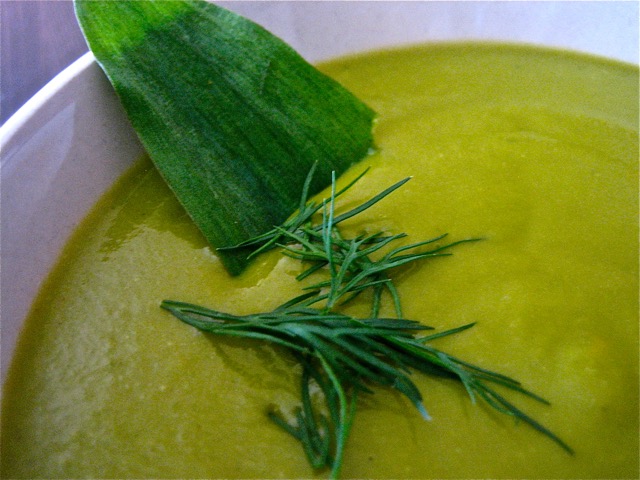
Wild Leek Soup
- Total Time: 40 mins
- Yield: Serves 6
Description
A simple dairy-free creamy wild leek soup.
Ingredients
- 2 great big handfuls of wild leeks, cleaned and coarsely chopped
- 1/2 head of cauliflower, coarsely chopped
- 1 sweet potato, coarsely chopped
- 2 stalks of celery, coarsely shopped
- 8 cups of water (to just cover vegetables)
- sea salt and cayenne to taste
- (1/2 cup cashews, optional if you want a cream soup)
- 3–4 sprigs of dill
Instructions
- In a large pot, combine leeks, cauliflower, sweet potato, celery and about 8 cup of water and simmer for 20-30 minutes.
- Transfer to blender (or use hand held blender), add in raw dill and optional cashews. Puree.
- Enjoy!
- Prep Time: 10 mins
- Cook Time: 30 mins
- Cuisine: Soup
3. Wild Leek Ghee
Ghee is a very healing food for the body and oh so delicious! I am a big fan of fat fueling my life. If consuming dairy in any form isn’t your thing, you can totally do this with coconut oil.
- Soften ghee/coconut oil to room temperature.
- Finely chop your wild leek leaves, about 1/3 for every cup of butter/oil.
- Mix together.
- Store in the fridge or if ghee or coconut oil you can leave out at room temp.
Free Resource Library
Enjoy more than 40 downloadable guides, recipes, and resources.















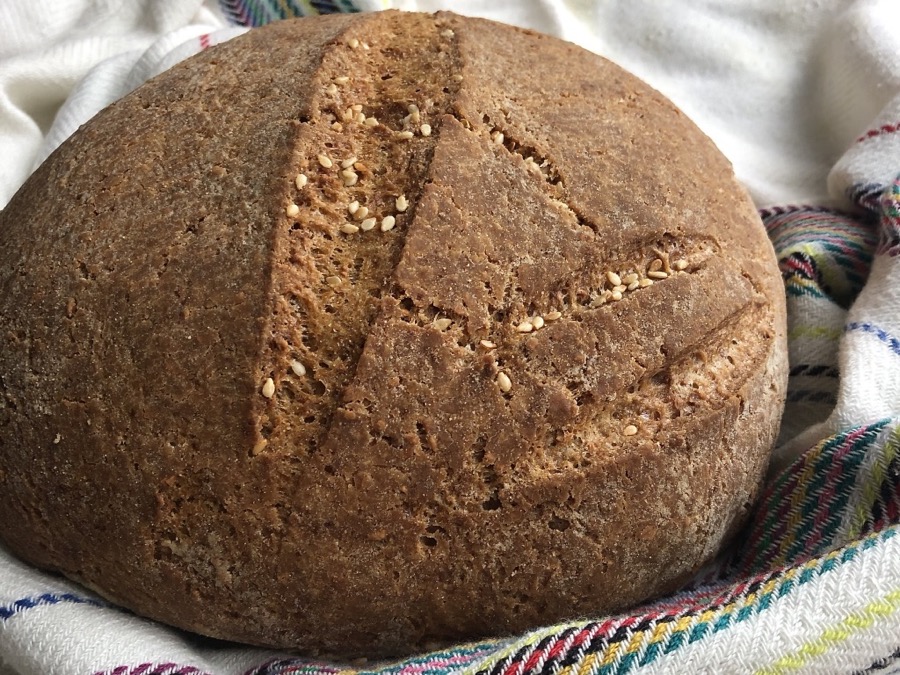


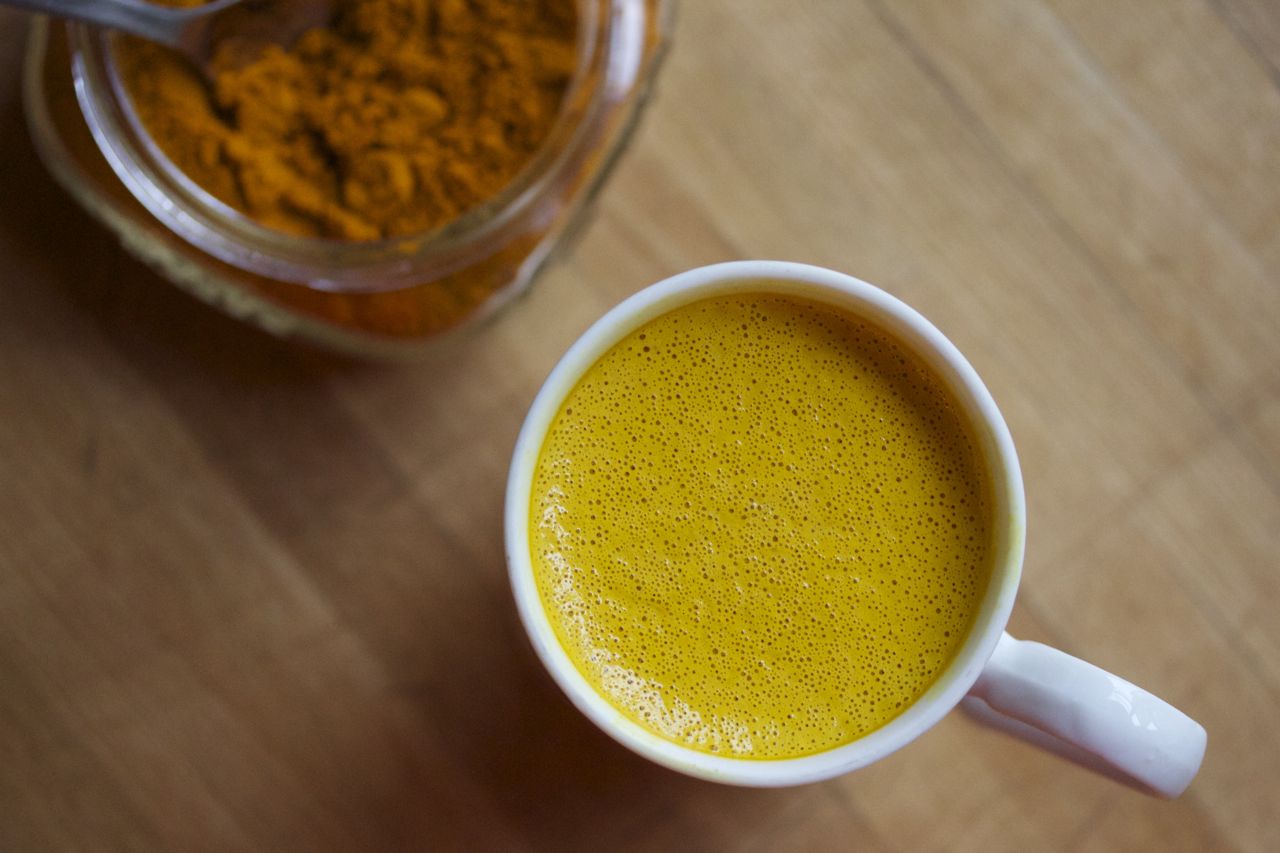
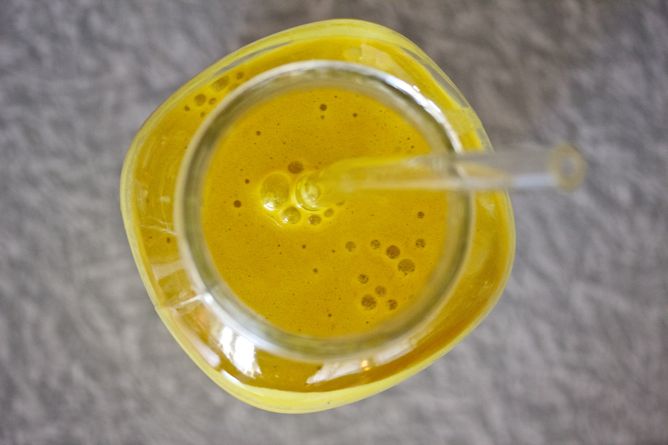
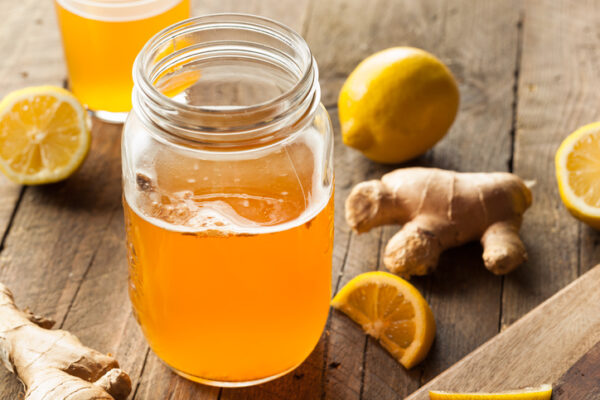
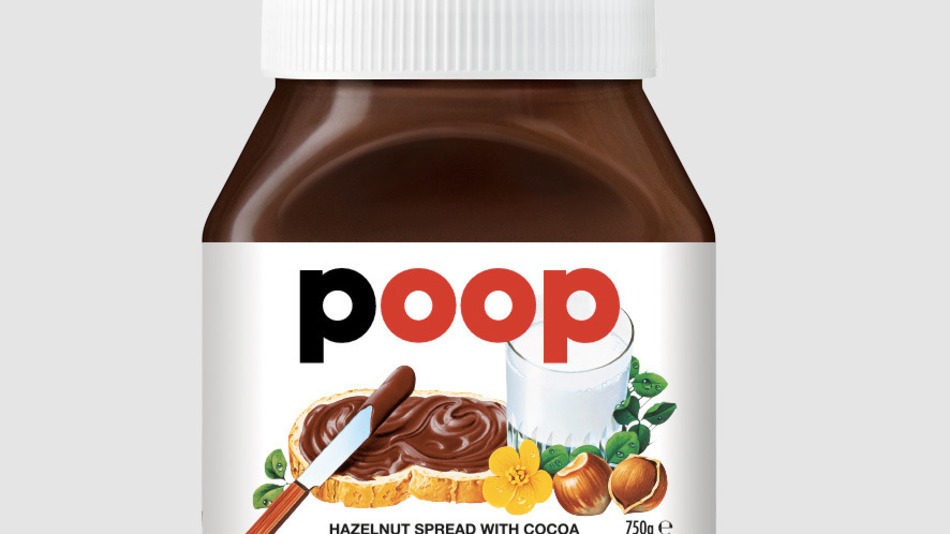
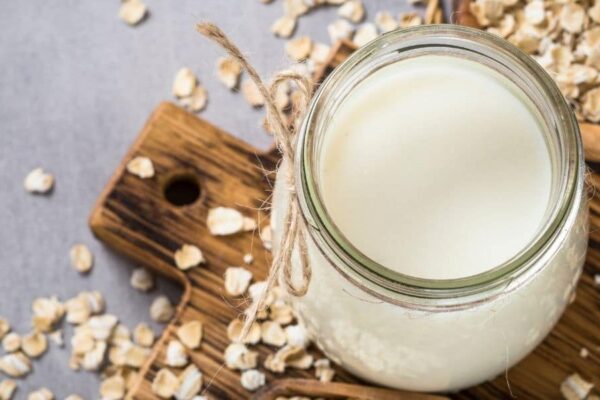
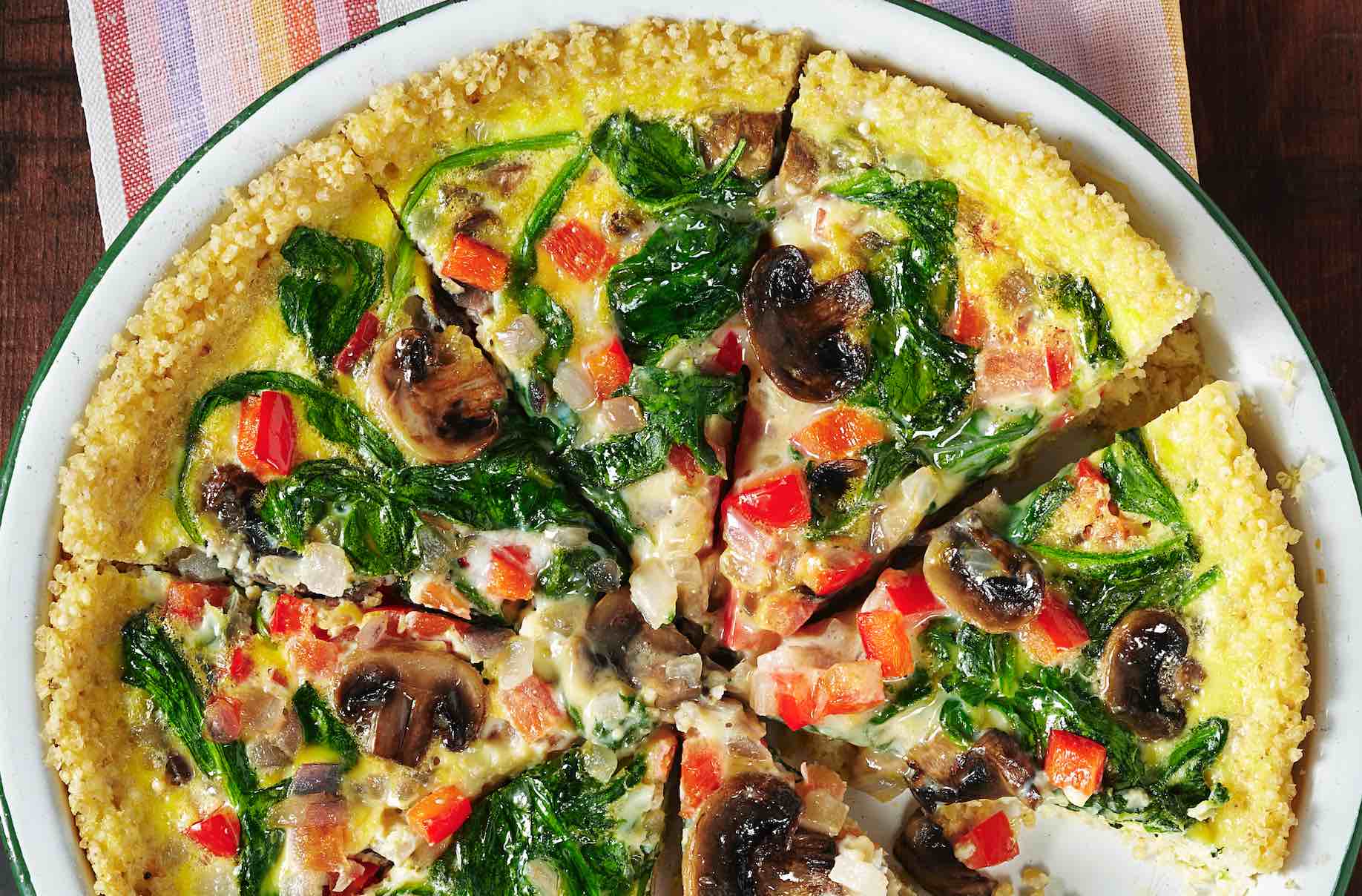
I love love love wild leeks! We eat them and persevere them. Our friends are always looking for a taste! I will be making your leek soup this week Meghan. Now just need to get out there and pick…….
Right here is the perfect website for everyone who wishes
to find out about this topic. You realize a whole lot its almost
hard to argue with you (not that I really will need to…HaHa).
You definitely put a fresh spin on a subject
that has been discussed for ages. Great stuff, just wonderful!
Thanks for the info. Since I am new to canning, could you explain further how/when to pressure can versus when you can simple add vinegar (similar to the process and timing as creating a tincture )?? Thanks!
can you eat the whole green part or how far down can you cut
I’m just commenting to make you be aware of of the exceptional experience my
child found reading through the blog. She came to find many things, with the inclusion of how it is like to have a
marvelous helping character to have many people quite simply completely grasp
various complicated things. You actually did more than my desires.
Thanks for distributing the important, dependable, informative not to
mention easy thoughts on the topic to Kate.
Great article Meghan!
What is the season for wild garlic and where do you find it? I am in Toronto as well.
Thank you.